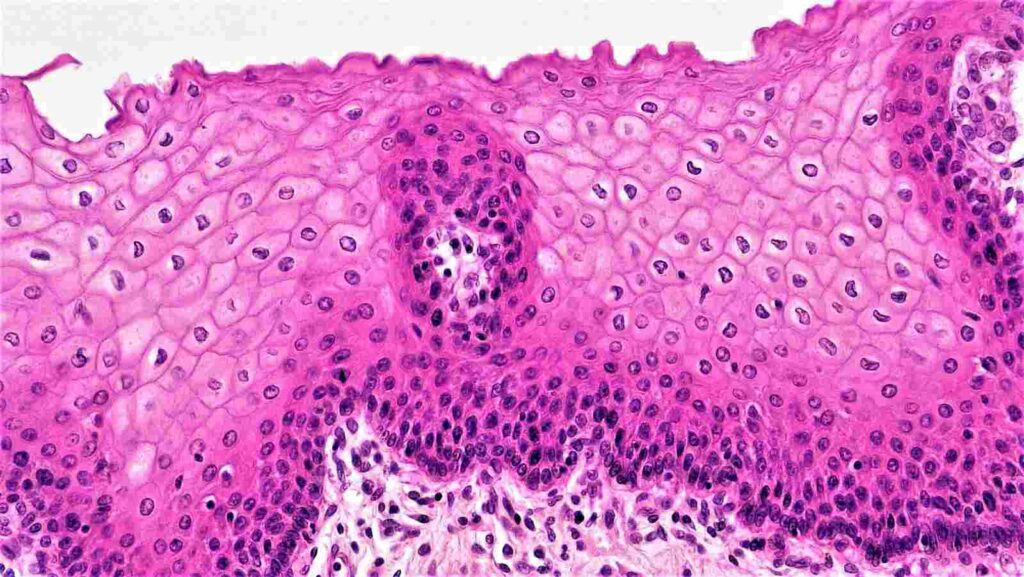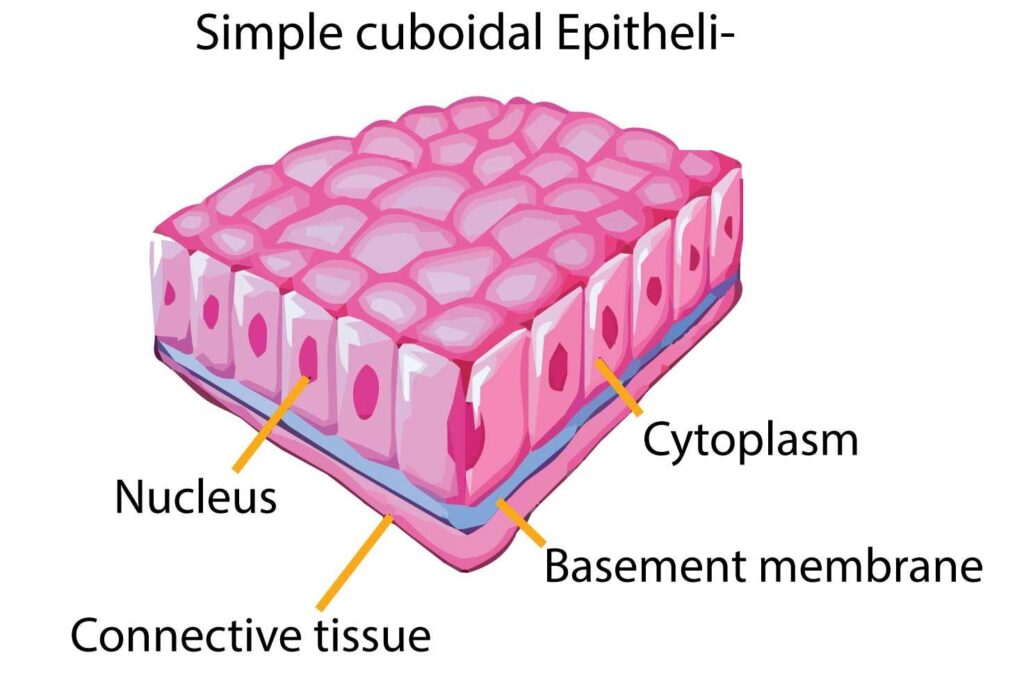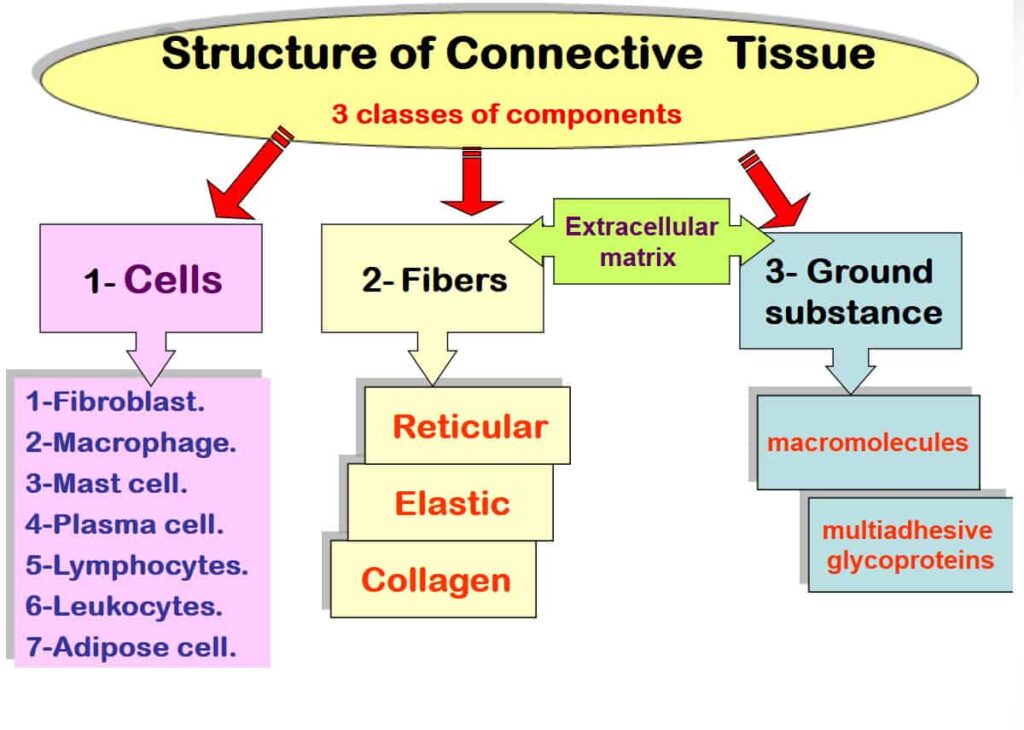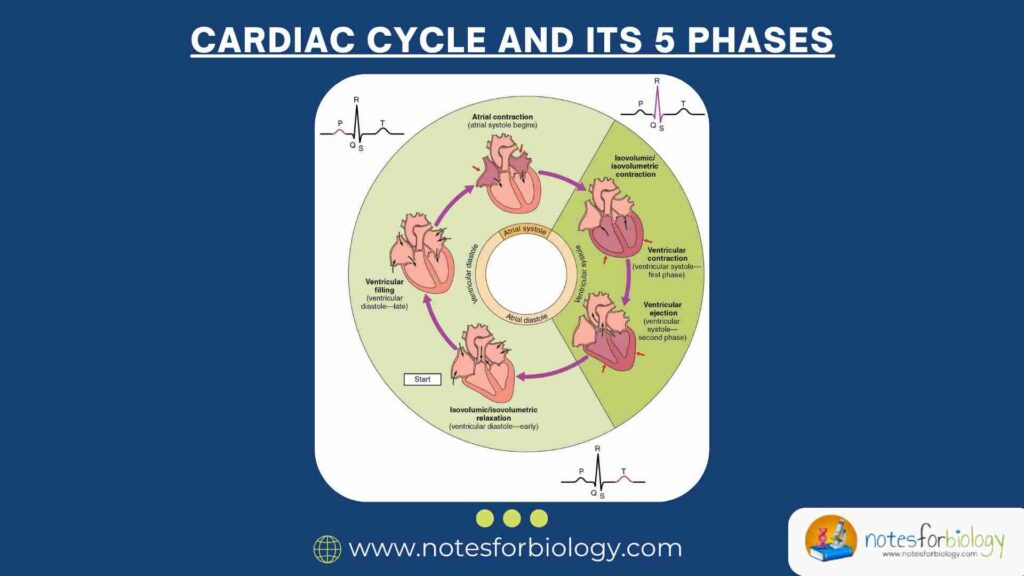Introduction
The human body is an amazing structure made up of billions of cells that come together to form different tissues. These tissues are groups of similar cells that perform specific functions to keep the body working properly. Among the many types of tissues in the body, epithelial tissue and connective tissue are two of the most basic but important ones. They are found almost everywhere in the body and play vital roles in how our organs work and how our body maintains its shape and protection.
In simple words, epithelial tissue acts like a protective cover for our body and organs. It also helps in the movement of substances, like absorbing nutrients or secreting sweat and saliva. On the other hand, connective tissue helps hold everything together. It supports, connects, and protects other tissues and organs in the body. Even though both types of tissues are found close to each other, they are very different in how they are built and what they do.
This detailed and easy-to-understand guide will help you explore the differences between epithelial and connective tissues. We will look at their structure, where they are found, what they do, and how they help the body. We will also go over 15 major differences using a simple comparison table, and give you clear examples to help you understand them better.
Table of Contents
What is Epithelial Tissue?
Epithelial tissue is made up of layers of cells that are packed very closely together. These cells form a barrier or a covering on all surfaces of the body. You can find epithelial tissue on the skin, the inside of your mouth, the lining of your stomach, and even in the glands that make saliva and sweat. It protects the body from harmful substances, helps absorb nutrients, and allows the body to release substances like mucus and enzymes.

Structure

- The cells in epithelial tissue are packed tightly with no gaps between them. This makes the tissue strong and good for protecting what is underneath.
- The cells are arranged in either one layer (called simple epithelium) or in many layers (called stratified epithelium).
- All epithelial tissues rest on a thin layer called the basement membrane, which acts like a base and separates the epithelial layer from the connective tissue below it.
Types
- Simple epithelium: This is just one layer of cells. It is found in places where things need to pass through easily, like in the lungs (for oxygen) or intestines (for nutrients).
- Stratified epithelium: This has many layers of cells and is usually found in places where protection is needed, like the outer layer of the skin or inside the mouth.
- Pseudostratified epithelium: It looks like it has multiple layers, but all the cells are actually touching the basement membrane. It is commonly found in the lining of the respiratory tract, like in the nose and windpipe.
Functions
- Protection: Epithelial tissue forms a shield against germs, injury, and dehydration (drying out).
- Absorption: It helps the body take in nutrients and water, especially in the intestines.
- Secretion: It helps release substances like sweat, saliva, digestive juices, and hormones.
- Filtration: In the kidneys, epithelial cells help filter waste products from the blood.
- Sensory reception: Some epithelial tissues contain special nerve endings that help us feel sensations like touch, pressure, heat, and pain.
Examples
- The skin covering the outside of the body.
- The lining of the mouth, nose, and throat.
- The lining of the stomach and intestines that helps absorb food and water.
- Glands like sweat glands, oil glands, and salivary glands that release substances.
What is Connective Tissue?
Connective tissue is another very important type of tissue found all over the body. Unlike epithelial tissue, which is made of tightly packed cells, connective tissue has cells that are more spread out. Between these cells, there is a jelly-like or solid material called the matrix, which contains fibers and fluids. This matrix helps in providing support and holding the body parts together.

Structure

- Connective tissue contains cells, fibers, and ground substance. These three parts together form what is known as the extracellular matrix.
- The cells in connective tissue include fibroblasts (which make fibers), adipocytes (fat cells), and immune cells (like white blood cells).
- The fibers are proteins like collagen (for strength), elastin (for flexibility), and reticular fibers (for support).
- The ground substance is a fluid or gel-like material that fills the space between cells and fibers. It helps transport nutrients and waste products.
Types
- Loose connective tissue: It has fewer fibers and more cells and ground substance. It fills spaces around organs and holds them in place. Example: areolar tissue.
- Dense connective tissue: It has more fibers and is stronger. It is found in tendons and ligaments. Example: tendons connect muscle to bone.
- Specialized connective tissue: This includes bone (for support), cartilage (for flexibility), blood (for transport), and adipose tissue (fat for energy storage and protection).
Functions
- Support: It gives shape and strength to organs and the body (bones and cartilage).
- Connection: It connects different parts of the body (like muscles to bones).
- Protection: Fat cushions organs, and bones protect organs like the brain and heart.
- Transport: Blood, a connective tissue, carries oxygen, nutrients, and waste.
- Energy storage: Fat (adipose tissue) stores energy for future use.
Examples
- Bones that support the body and allow movement.
- Cartilage in the ears, nose, and joints that adds flexibility.
- Fat (adipose tissue) that stores energy and insulates the body.
- Blood that carries oxygen, carbon dioxide, nutrients, and hormones.
- Tendons and ligaments that connect muscles and bones.
15 Major Differences Between Epithelial and Connective Tissues
| Feature | Epithelial Tissue | Connective Tissue |
|---|---|---|
| 1. Definition | Covers and lines surfaces of organs and body | Supports, binds, and connects other tissues and organs |
| 2. Cell Density | Cells are tightly packed with little space | Cells are scattered with large space between them |
| 3. Intercellular Material | Very little or no intercellular substance | Large amounts of matrix (fibers + ground substance) |
| 4. Blood Supply | No direct blood supply (avascular) | Most have good blood supply (vascular), except cartilage |
| 5. Basement Membrane | Present and essential for support | Usually absent |
| 6. Regeneration | High ability to regenerate quickly | Slower regeneration; depends on type (bone fast, cartilage slow) |
| 7. Types | Simple, stratified, pseudostratified | Loose, dense, specialized (bone, blood, etc.) |
| 8. Fiber Content | Rare or absent | Rich in collagen, elastin, and reticular fibers |
| 9. Function | Covers, protects, absorbs, secretes | Supports, connects, protects, stores energy |
| 10. Examples | Skin, lining of organs, glands | Bone, blood, cartilage, fat, ligaments |
| 11. Cell Arrangement | Regular rows or layers | Irregular, scattered throughout matrix |
| 12. Presence in Glands | Yes, forms glandular tissue | No, does not form glands |
| 13. Immune Role | Limited role | Active role (contains immune cells like macrophages) |
| 14. Matrix Presence | Matrix is absent | Matrix is abundant and defines tissue properties |
| 15. Surface Attachment | Attached to free surfaces (exposed to outside or cavities) | Lies deep in body, connects organs internally |
Functional Relationship of Epithelial and Connective Tissue
Even though epithelial and connective tissues are very different, they are often found together and rely on each other. For example:
- In the skin, the outer layer (epidermis) is epithelial tissue that protects the body. Just beneath it is the dermis, a connective tissue layer that gives strength, supports blood vessels, and provides nutrients.
- In the intestines, the epithelial tissue absorbs nutrients from food. The underlying connective tissue helps move these nutrients into the blood.
- In glands, epithelial cells produce secretions like sweat or saliva. The connective tissue underneath supplies oxygen, nutrients, and waste removal.
Importance in Disease and Healing of Epithelial and Connective Tissue
Understanding the difference between Epithelial and Connective tissues is important in medicine:
- Epithelial tissue is often where infections or injuries start because it covers the body and is exposed to the outside. For example, a cut on the skin is damage to epithelial tissue.
- Connective tissue plays a key role in healing wounds. It forms scar tissue and brings in immune cells to fight infection.
- Cancers that start in epithelial tissue are called carcinomas, while those that begin in connective tissue are called sarcomas.
Summary Table of Examples
| Tissue Type | Specific Example | Function |
| Epithelial | Skin epidermis | Protects body from environment and germs |
| Epithelial | Intestinal lining | Absorbs nutrients and water |
| Connective | Bone | Supports body and helps in movement |
| Connective | Blood | Transports oxygen, nutrients, and hormones |
| Connective | Adipose tissue | Stores fat for energy and cushions organs |
Similarities Between Epithelial and Connective Tissue
Even though epithelial and connective tissues are quite different in structure and function, they do share some important similarities:
- Epithelial and Connective Tissue are Basic Tissue Types
They are among the four main tissue types in the human body (epithelial, connective, muscle, and nervous tissue), and are essential for survival and normal body function. - Epithelial and Connective Tissue are Made of Living Cells
Both tissues are composed of living cells that carry out specific functions—epithelial cells for covering/lining and connective cells for support. - Epithelial and Connective Tissue Contribute to Organ Function
In every organ, epithelial and connective tissues work together to maintain the organ’s shape, protection, nutrition, and performance. - Epithelial and Connective Tissue Help in Healing and Repair
Epithelial cells regenerate quickly, while connective tissue provides the materials (like collagen) and cells (like immune cells) that help repair wounds and fight infections. - Both Interact with the Environment
Epithelial tissues act as the body’s first barrier against the environment, while connective tissues contain immune cells that respond to pathogens entering the body. - Epithelial and Connective Tissue Can Be Affected by Disease
Both tissue types can be involved in diseases like cancer (carcinoma from epithelial cells, sarcoma from connective cells), infections, and inflammatory conditions. - Epithelial and Connective Tissue Develop from Embryonic Layers
Both tissues arise from embryonic germ layers (ectoderm, mesoderm, and endoderm), which means they share developmental origins.
Summary of Epithelial and Connective Tissue
| Feature | Epithelial Tissue | Connective Tissue |
|---|---|---|
| Main Function | Covers, protects, absorbs, secretes | Supports, connects, transports, stores energy |
| Structure | Tightly packed cells, minimal matrix | Scattered cells with lots of matrix |
| Blood Supply | No direct blood vessels (avascular) | Generally rich blood supply (vascular) |
| Examples | Skin, intestine lining, glands | Bone, blood, fat, cartilage, tendons |
| Healing Ability | Heals quickly | Healing varies (bone = fast, cartilage = slow) |
| Presence in Organs | Forms lining and coverings | Forms inner framework and support structures |
| Key Role in Disease | Cancers like carcinoma | Cancers like sarcoma, immune diseases |
| Work Together | Yes – epithelial tissues are supported and nourished by underlying connective tissues | Yes – supports epithelial and other tissues with nutrients, structure, and immunity |
Three-Line Summary
- Epithelial tissue forms protective layers on surfaces and is involved in absorption and secretion.
- Connective tissue fills spaces, provides structure, and supports other tissues with nutrients and immunity.
- Although different, both tissues work together in almost every organ to keep the body healthy and functioning properly.
Conclusion
Epithelial and connective tissues are like the body’s building blocks. Epithelial tissue acts as a protective covering and helps with absorption, secretion, and sensing. Connective tissue gives the body structure, connects different organs, stores energy, and helps with protection. While they are very different in structure and function, they work closely together in almost every part of the body to keep us healthy and functioning.
Understanding the differences between them helps in learning about how the body works, diagnosing diseases, and treating injuries. Whether you’re a student, a healthcare worker, or someone curious about the body, this knowledge gives you a strong foundation in human biology.
FREQUENTLY ASKED QUESTIONS
Which tissue regenerates faster—epithelial or connective?
Epithelial tissue usually regenerates faster because the cells divide quickly. This helps in healing wounds or replacing lost cells quickly.
Do connective tissues have nerves?
Yes, most types of connective tissues have nerves, but there are exceptions. For example, cartilage usually does not have nerves.
Why is epithelial tissue avascular?
Epithelial tissue does not have blood vessels because it is thin and gets nutrients through diffusion from nearby connective tissue. This helps keep the layer simple and protective.
Related Articles




